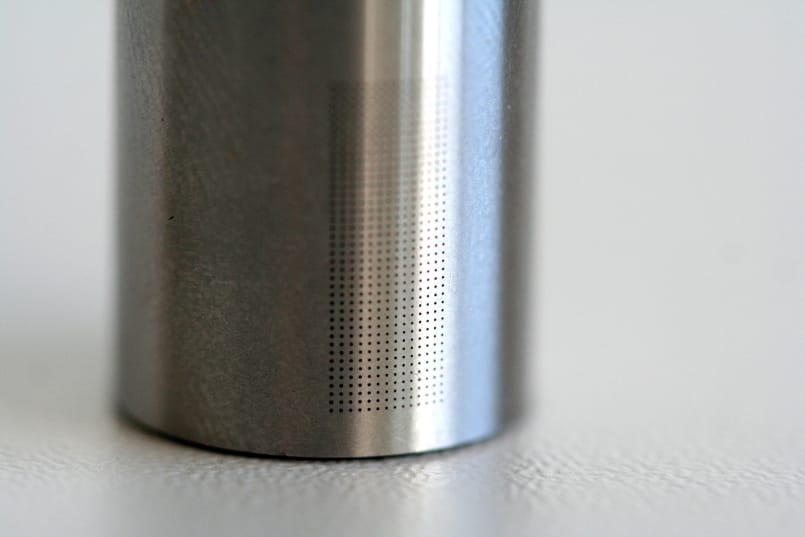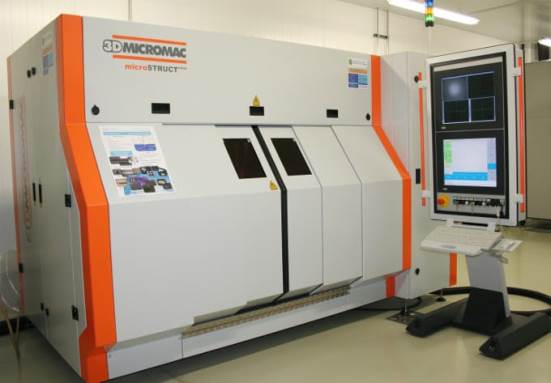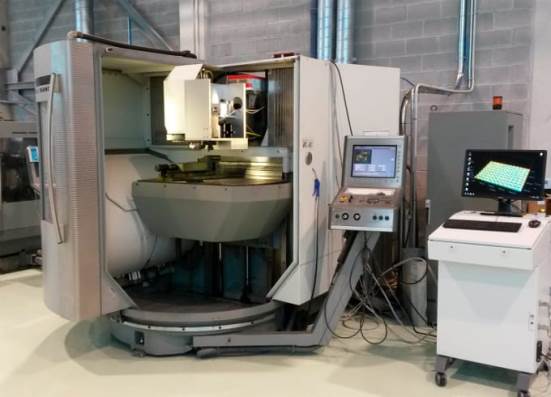Laser texturing

TEKNIKER work in surface texturing using laser technology to provide components with a specific functionality and to manufacture materials with appropriate surface properties. Some of the industrial applications of these modified surfaces with improved properties are found in the biomedical sector, in materials with antifreeze surfaces and in the generation of corrosion-resistant surfaces.
Micromachining using ultra-short laser pulses is a fast, accurate and direct method for three-dimensional texturing of a wide variety of materials and geometries.
The availability of high-speed galvanometric scanners allows the micromachining of small areas with a high level of precision. In the case of texturing larger areas, the use of the axes allows the scaling of the process to larger surfaces and a reduction in processing times. One of the capabilities of this technique is also the micro-texturing of 3D components with uneven surfaces. Laser micromachining technologies enable the production of 3D micro- and nano-structures with which to modify the topography of the material and change its surface properties.
Many of the superficial properties of the materials are affected by the roughness and the topographic profile of the surface. Some of these are surface wettability properties, tribological properties, corrosion properties and optical properties.
In addition, it is also possible to generate a micro-structure on the surface to control adhesion and the proliferation of living organisms such as bacteria or cells. This allows the manufacture of controlled and customised functional surfaces with an application in various industrial sectors such as that of health, automotive, decoration, energy and sensors. These textured surfaces can: reduce the friction between surfaces subjected to continuous contact; increase the hydrophobicity of a surface to make it superhydrophobic and provide it with self-cleaning properties; trap light; and improve the biocompatibility of materials, promoting the growth of beneficial cells and inhibiting the adhesion of bacteria.







